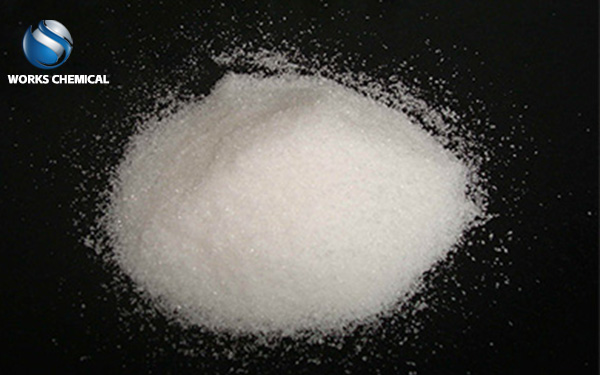
In the sludge dewatering process of plate and frame filter presses, the selection of chemicals directly affects the moisture content of the mud cake, treatment efficiency and comprehensive cost. The following is an analysis for you on how to choose chemicals with better dehydration effects:

I. Compound Chemical Solution: Sludge Enhancer (Preferred for Deep Dewatering)
Sludge enhancers achieve breakthrough effects through "triple synergistic effects" :
High-efficiency flocculation: The combination of cationic PAM and high-molecular polymers rapidly forms large and dense flocs, reducing filter cloth clogging.
Deep cell wall breaking: Surfactants penetrate the cell walls of microorganisms, releasing intracellular bound water (accounting for 60%-70% of the total water volume of activated sludge).
Skeleton support: Modified inorganic materials are used to construct rigid water filtration channels to prevent excessive compaction of the filter cake under high pressure and maintain permeability.
Application effect:
Moisture content reduction: Municipal sludge can be reduced from over 80% to below 60%, and industrial sludge (such as papermaking and dyeing) can be reduced to 50%-55%.
Efficiency improvement: The plate and frame filter press cycle is shortened by 30% to 50%, and the daily processing capacity is increased by more than 30%.
Cost optimization: Reduce the dosage of chemicals by 30% to 50%, and lower the comprehensive cost (chemicals + energy consumption + disposal fees) by 20% to 30%.
Environmental friendliness: The calorific value of sludge is increased by 15%, and the solidification rate of heavy metals reaches 95%, meeting the standards for resource utilization.
Ii. Selection Suggestions: Match as needed, taking into account both economy and environmental protection
Conventional demand (cost-sensitive type)
Solution: Combination of PAC and CPAM
Effect: The moisture content of the mud cake is 65%-70%, and the cost of the agent is approximately 80-120 yuan per ton of dry mud.
Applicable scenarios: Landfill disposal or projects with low requirements for moisture content.
Deep dehydration (resource-oriented)
Solution: Sludge enhancer
Effect: The moisture content of the mud cake is 55%-60%, the calorific value of the sludge is increased by 15%, and it can be directly incinerated or made into bricks.
Applicable scenarios: Sludge incineration power generation, co-processing or high-standard resource utilization projects.
Emergency response (rapid reduction)
Solution: Lime +CPAM
Effect: The moisture content can be reduced to below 60%, but the sludge weight increases by 30% to 50%.
Note: For short-term use only. For long-term use, equipment corrosion and disposal costs need to be considered.
Iv. Key Implementation Points: Small-scale trial + medium-scale trial + dynamic optimization
Conduct a small-scale test to determine the formula
Take the sludge from the site and test the sedimentation rate, SS of the filtrate and the moisture content of the sludge cake under different combinations of chemicals.
The pilot-scale test verifies the effect
During the continuous operation of the plate and frame filter press, record parameters such as the feed pressure, filtrate flow rate, and mud cake thickness.
Optimize the dosing points (such as the inlet of the sludge pump or the feed pipe of the filter press).
Dynamically match the properties of sludge
Adjust the chemical formula based on the fluctuations in sludge moisture content and organic matter content (for example, increase the dosage of PAM when diluting sludge during the rainy season).
Conclusion: Compound chemicals are the "efficiency engine" for dewatering of plate and frame filter presses.
For projects that pursue deep dewatering, resource utilization or long-term cost optimization, compound agents such as sludge enhancers are a better choice. Through the triple mechanism of "flocculation - cell wall breaking - support", it breaks through the limitations of a single agent and achieves a comprehensive improvement in the moisture content of the mud cake, treatment efficiency and environmental friendliness. It is recommended to verify the effect through small-scale and pilot-scale tests, and establish a dynamic matching mechanism between the properties of the sludge and the formula of the chemical agent to maximize the value of the chemical agent.